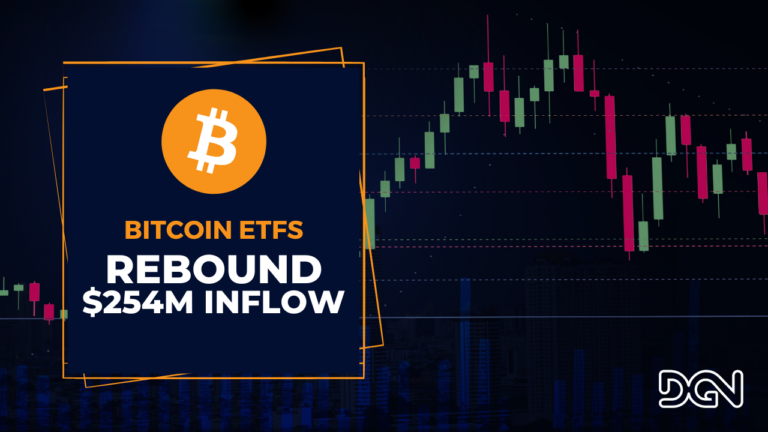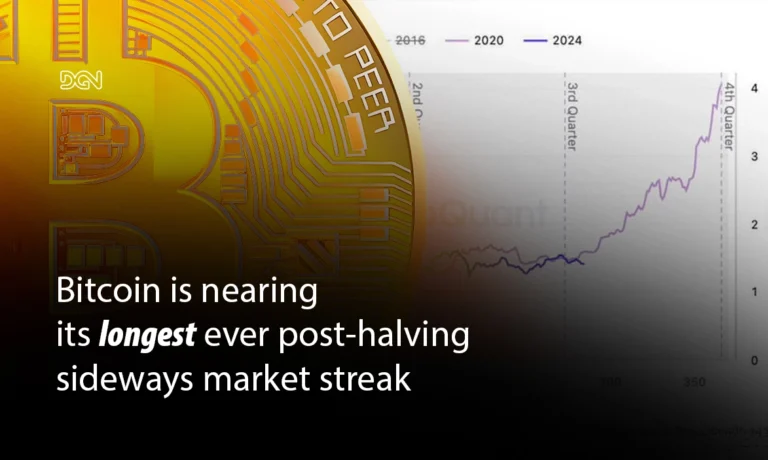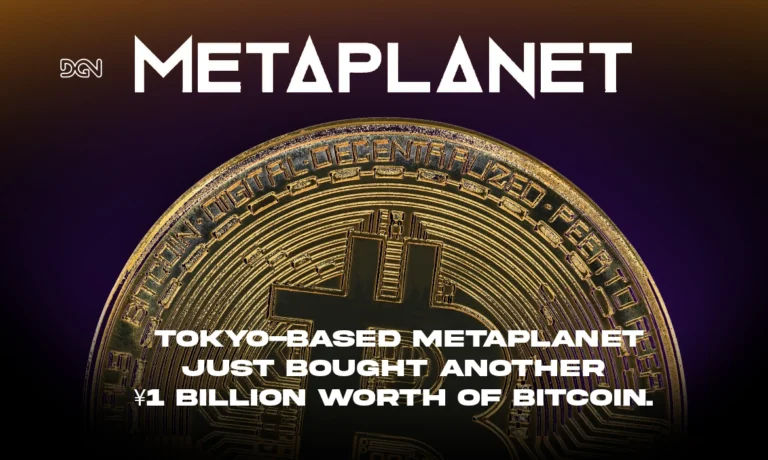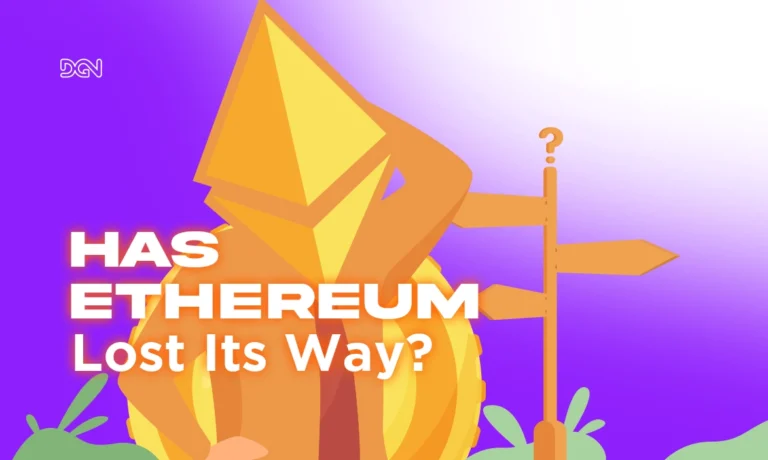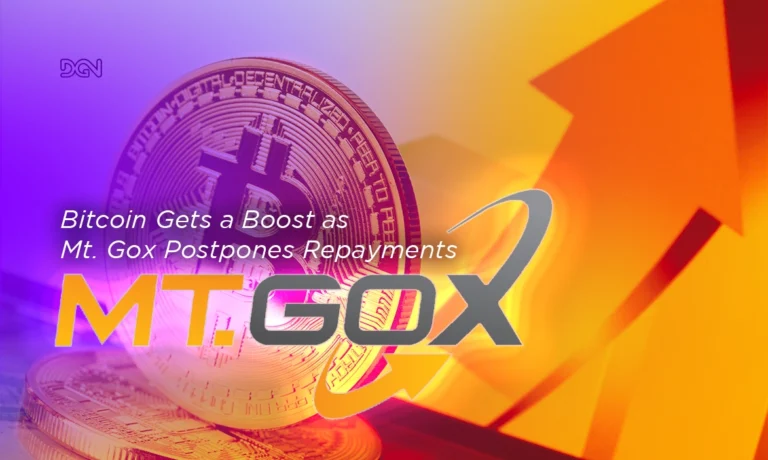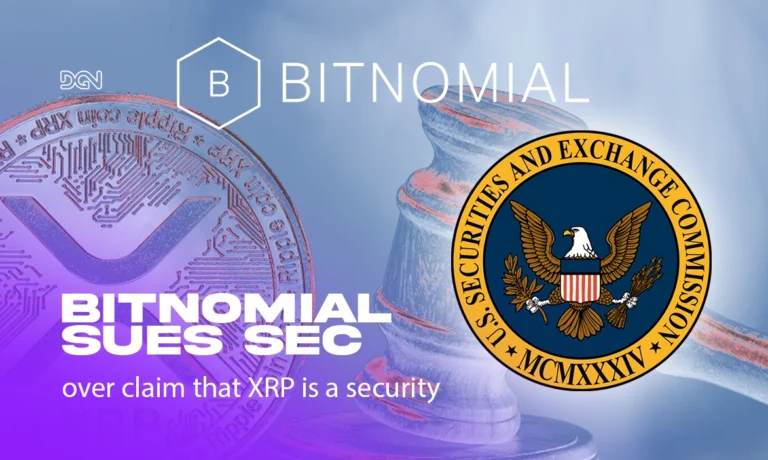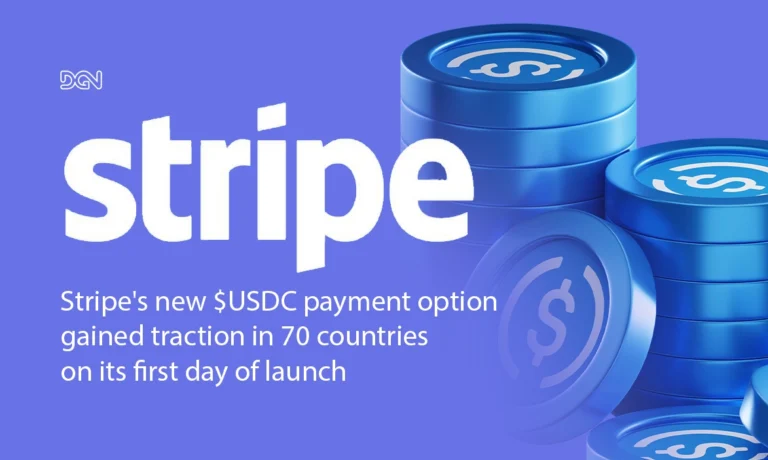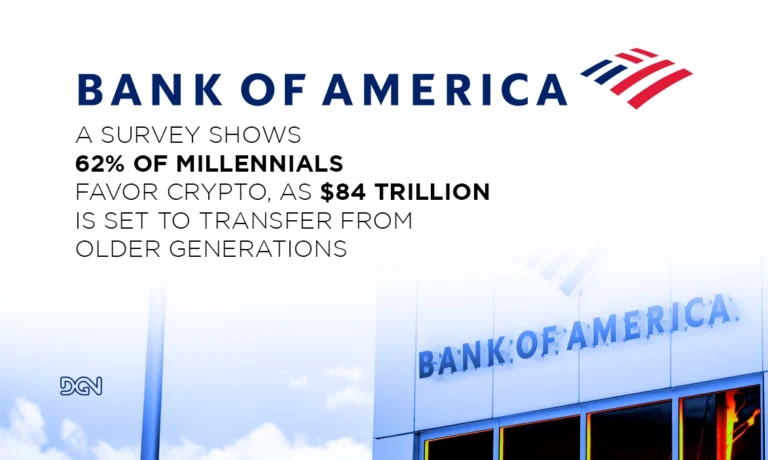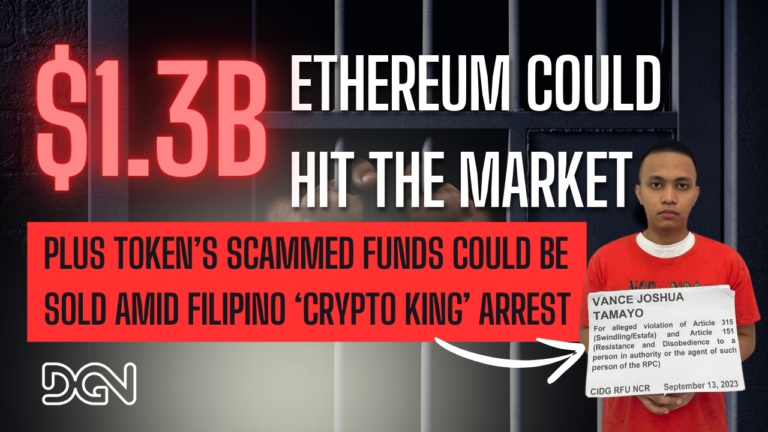Bitcoin ETFs Break Three-Day Outflow Streak with $254M Inflow
After three days of outflows, U.S. spot Bitcoin exchange-traded funds (ETFs) rebounded on October 11, tallying a net inflow of $253.6 million. This marks the third-largest inflow day in history when BlackRock’s iShares Bitcoin Trust (IBIT) did not contribute, according to data from Farside Investors.
Leading the surge was Fidelity’s Wise Origin Bitcoin Fund, which attracted $117.1 million in fresh inflows. The ARK 21Shares Bitcoin ETF followed closely with a net inflow of $97.6 million. Bitwise’s BTC ETF also saw significant activity, raking in $38.8 million — its largest inflow in over 11 trading days. Additionally, Invesco Galaxy and VanEck’s Bitcoin ETFs both experienced modest inflows.
Interestingly, BlackRock’s IBIT recorded no inflows on the day, as did other major ETFs from Franklin Templeton, Valkyrie, and WisdomTree. Despite their absence, the combined inflow figures were enough to offset the $140 million in outflows experienced between October 8 and 10.
Also read: Crypto Fraudster Horst Jicha on the Run After Skipping $5 Million Bond Backlash
Market Reaction and Bitcoin Price Movements
The strong inflow coincided with a 7.3% rally in price, reaching a local high of $63,360 before stabilizing at $62,530, as per CoinGecko data. While this recent price surge has excited investors, BlackRock remains the leading spot Bitcoin ETF issuer, boasting $21.7 billion in total net inflows. Fidelity is also close to surpassing the $10 billion mark, with only $15 million left to hit the milestone.
The ARK 21Shares and Bitwise ETFs are the only other issuers with net inflows exceeding $2 billion, demonstrating a growing interest in Bitcoin-focused investment vehicles.

Ethereum ETFs Struggle to Gain Traction
While BTC ETFs are riding a wave of inflows, ETH-based ETFs are facing a challenging environment. Seven of the nine U.S.-based spot Ether ETFs reported no inflows on October 11, continuing a trend of sluggish demand. In total, spot Ether ETFs recorded a minor $0.1 million outflow, with the only inflows coming from the Fidelity Ethereum Fund.
The Grayscale Ethereum Trust, meanwhile, lost $8.7 million. Other spot Ether ETFs, including those from 21Shares, VanEck, and Invesco, have seen at least eight consecutive days of no inflows, reflecting the stark contrast between Bitcoin and Ether ETF demand.
According to Bobby Zagotta, CEO of Bitstamp for the Americas, the low demand for Ether ETFs could be due to market timing.
People are in a wait-and-see mode because of the uncertainty surrounding the election, U.S. regulations, and broader sociopolitical factors
Zagotta told Cointelegraph.
He added that Wall Street investors might still struggle to understand Ethereum’s highly technical roadmap, making it harder for them to assess the cryptocurrency’s long-term value.
Grayscale’s Role and Future Outlook
While U.S.-based spot Bitcoin ETFs continue to dominate, the Grayscale Trust remains a key player in the market despite losing another $22.1 million on October 11. Total net inflows across all U.S. spot Bitcoin ETFs have now reached $18.9 billion, excluding the over $20 billion in outflows from Grayscale.
As the market prepares for future regulatory developments and Bitcoin’s continued performance, both BTC and ETH ETFs remain focal points for investors seeking exposure to digital assets. However, as seen with Ether ETFs, investor confidence and understanding of the underlying technology could play a major role in shaping demand shortly.
